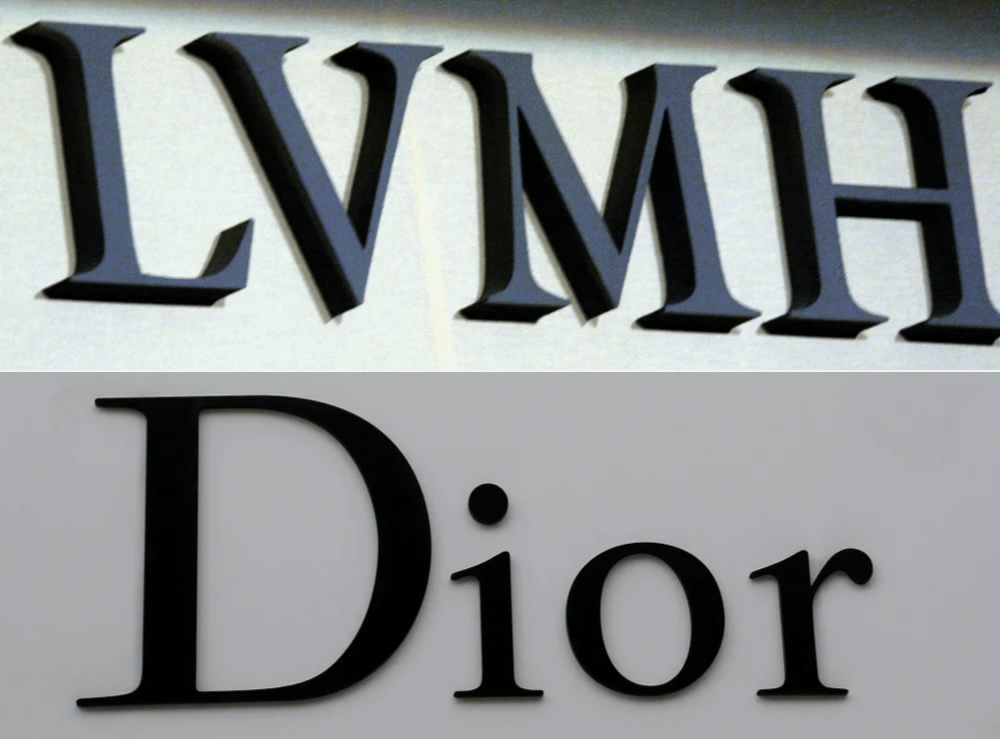Dior Reshapes Creative Strategy: Jonathan Anderson Takes Full Artistic Helm Amid LVMH Brand Evolution
In a bold strategic move to rejuvenate the global identity of Dior, parent company LVMH $LVMHF has expanded the role of Jonathan Anderson, its newly appointed head of menswear, to oversee the entirety of the house’s women’s and haute couture divisions. The announcement signals a generational shift in creative leadership at one of the most storied names in luxury fashion, as Maria Grazia Chiuri steps down after nearly a decade at the helm.
This realignment underscores LVMH’s commitment to revitalizing Dior’s image and accelerating revenue growth, following a period of stylistic consistency that some investors and analysts perceived as lacking innovation. Anderson, widely regarded as one of the most original voices in fashion, is now entrusted with steering Dior across all categories in a market where creative differentiation is critical to brand equity.
Creative Consolidation as a Commercial Catalyst
The consolidation of Dior’s artistic vision under a single creative director reflects a broader industry trend aimed at unifying brand storytelling across product lines and target demographics. LVMH CEO Bernard Arnault called Anderson “one of the greatest creative talents of his generation,” highlighting the Irish designer’s proven ability to merge avant-garde design with commercial viability.
Anderson’s previous success at Loewe, also owned by LVMH, saw him transform the Spanish leather goods label into a critically acclaimed fashion brand with global reach. His decade-long tenure was marked by experimental silhouettes, tactile craftsmanship, and an unconventional approach to fashion narrative—a signature style now expected to inform Dior’s creative future.

Strategic Creative Transition at Dior
Jonathan Anderson appointed Creative Director for all Dior lines: menswear, womenswear, and haute couture
Maria Grazia Chiuri exits after nearly a decade, credited with stabilizing Dior’s womenswear segment
Anderson joined Dior’s menswear division in April 2025
Previously revitalized Loewe, making it a high-fashion benchmark under LVMH
LVMH shares largely steady post-announcement, signaling market confidence in the transition
Market Signals, Brand Implications, Industry Reactions
In an environment where fashion houses must balance artistic vision with luxury market dynamics, Dior’s leadership restructuring sends a clear message: creativity is the new growth engine. The global luxury market, particularly post-pandemic, has shifted towards experiential branding and aesthetic uniqueness—trends that Anderson’s portfolio is well-positioned to navigate.
Investor response to the announcement was neutral to positive, with LVMH stock showing modest resilience on Parisian exchanges. Analysts from major banks noted that while Anderson’s appointment introduces a stylistic risk, it is mitigated by LVMH’s deep operational capacity to integrate such shifts.
Within the fashion industry, the move has been met with anticipation. Several luxury insiders consider it a strategic masterstroke—not only unifying Dior’s aesthetic identity, but also positioning the brand for broader generational appeal, especially among younger, fashion-conscious global consumers.

Key Observations: Strategic and Creative Implications
Leadership Realignment Reflects Market Demands — A single creative voice streamlines branding across gender lines and couture.
Anderson’s Track Record Boosts Confidence — Success at Loewe offers a tested framework for transformation.
Brand Cohesion = Stronger Identity — Unified creative direction enhances long-term brand equity.
Commercial Timing Is Calculated — Occurs ahead of Paris Fashion Week, maximizing media leverage.
Succession Strategy Reflects LVMH Agility — Highlights the group’s proactive approach to creative leadership transitions.
Dior’s Future Under Anderson and LVMH’s Long-Game Strategy
The appointment of Jonathan Anderson as Dior’s unified creative director marks a transformational moment in the luxury fashion landscape, where the interplay between innovation, marketability, and strategic foresight defines long-term value. Dior, as a flagship in the LVMH portfolio, is expected to benefit not only from renewed creative direction but also from Anderson’s ability to merge artistic depth with commercial relevance.
LVMH’s calculated move reflects its broader investment thesis: that authenticity and experimentation, led by generational talent, are critical to maintaining global leadership in the evolving world of luxury. The coming seasons will reveal whether this creative gamble becomes the blueprint for luxury’s next era.















Comments
Strategic investments in automation are reshaping competitive dynamics in tech
This sale signals a turning point in how automation will shape next-gen technologies